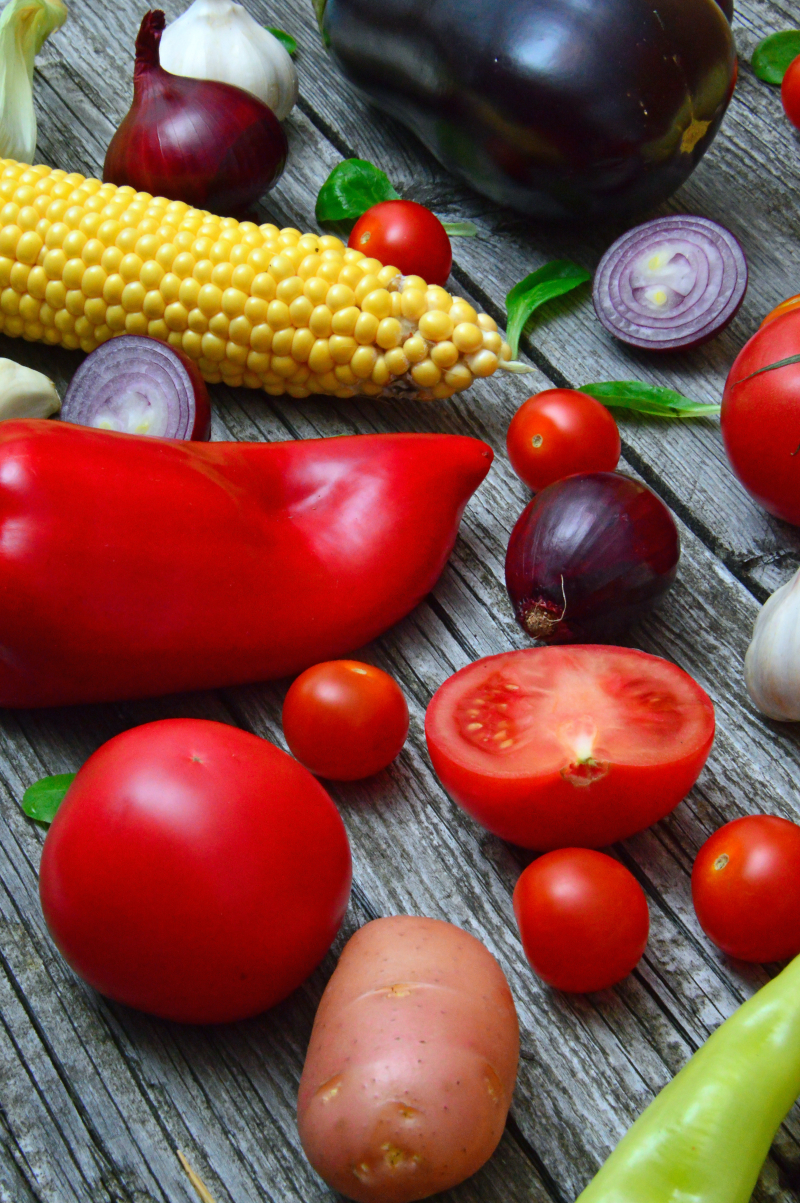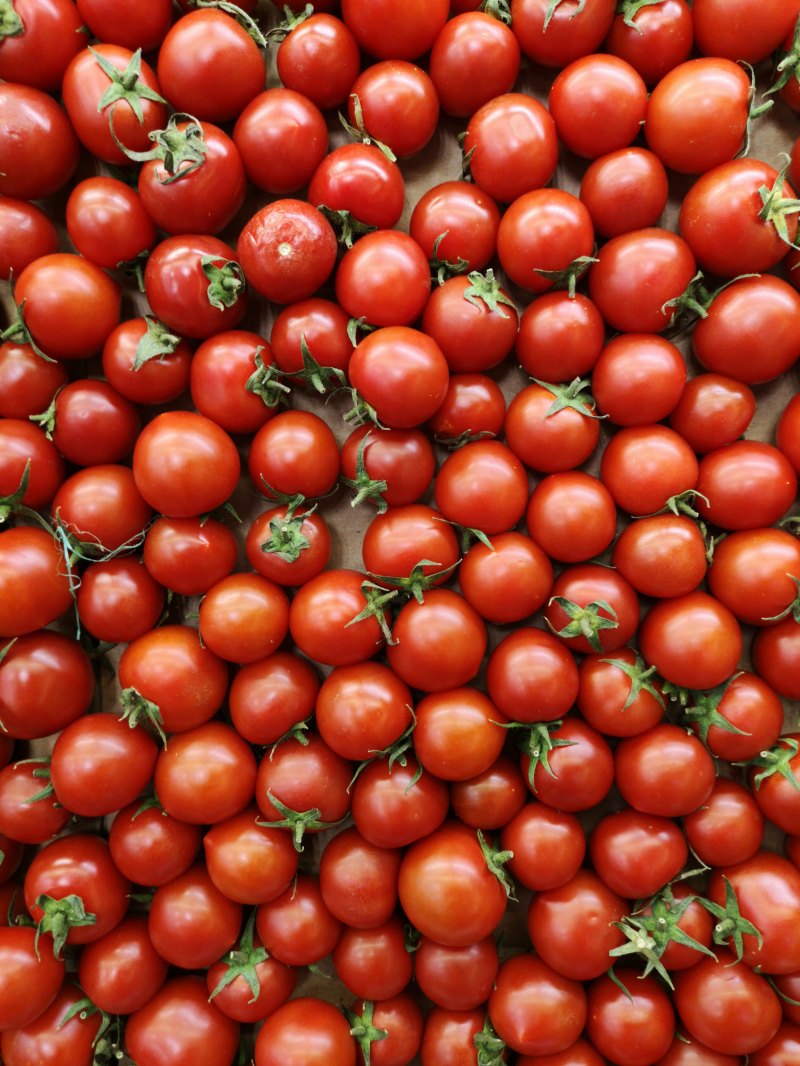You Can Feed As Many People with Organic as Non-Organic
In order to completely disprove the claim that organic farming can feed as many people as conventional farming, we must return to GMO crops. Not at all. Even "regular" agriculture cannot. GMO crops are the solution to the world's hunger problem.
A disease-resistant GMO sweet potato was being researched in hopes of boosting crop output and preventing the famine of millions of people. A disease that decimated the crops and all but put an end to the Hawaiian papaya industry salvaged it owing to a GMO variety of the fruit.
Apples that don't oxidize and turn brown when chopped and lettuce that doesn't wilt are both available as GMOs. Avocados can last several days in the refrigerator after being chopped. These can keep people fed while reducing food waste.
In Bangladesh, GM eggplants are resistant to insects. Crop yields have increased as a result, and local farmers can now make more money to support their way of life. Since less pesticides are used, both the environment and the food are safer.
Millions of lives could have been saved if golden rice, a GMO rice created to contain beta carotene that would give those who ate it vitamin A, had been available in areas where starvation is a continual concern. However, GMO politics crippled it.
Research consistently demonstrates that GMO crops can save death. Not only on a tiny scale, but one that would have a significant impact on millions of people. One that organic simply could not equal, even if all of its alleged advantages were genuine.












